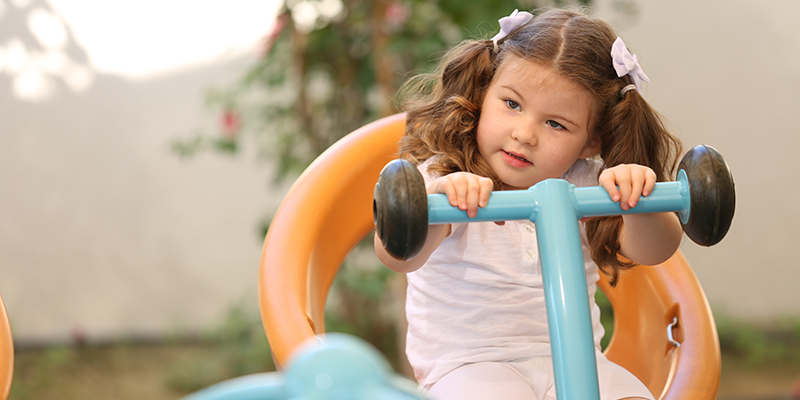
As an adult, it is very hard to keep up with all daily tasks…completing all your chores at home, finishing that presentation at work, calling your friend, preparing the meal for the family and thousand of other tasks that make you want a day of 48 hours! In addition to time issue, sometimes we may feel not motivated to do something and we may procrastinate with the hope that one day it will get magically done!
Children are not different from us. Children may have the same feelings towards the multitude of tasks they are requested to complete every day in school, at home and in the community. They may find a task too difficult or they may not understand why they are requested to do something. They may not like what we are asking them to do or they may just be overwhelmed by the tons of things they need to do. Sometimes they may not be in the mood and other times they just want to be left alone.
Being motivated is the first essential step of doing! If we think about our lives, we use many tricks and strategies to get things done. We go to work because we get paid (and that is an important motivator), we schedule activities in a smart way, we set ourselves treats and rewards after completing something (a nice dinner out after a crazy week or a holiday after a busy period), we keep a routine (going to the gym same days of the week). Sometimes we realise that we cannot do everything, and we use compensatory strategies: for example, we may ask the support of a cleaner or we may just get a take way when we do not want to cook.
Children have busy lives and every day they receive many requests from their parents, their caregivers, their siblings, their teachers, their therapists and many more people. However, children do not have the same coping mechanisms as adults to manage all these requests. If we then consider children with special needs, the situation becomes more complicated with many new factors impacting on the motivation to do something. Difficulties in communication, delays in fine and gross motor skills, different sensory processing mechanisms, poor attention and concentration, medication and insufficient sleeping patterns are only some to mention.
Here are some strategies and tips to increase motivation and engagement in play and activities of daily living for children with special needs.
-
PREPATION AND ROUTINE
Using a structured routine will help your child understand what it is happening during the day. Having breakfast at the same time, bath time at the end of the day, play time before mealtime will help your child understand what is expected, and it will likely improve his engagement in the activities presented.
In order to support this, visual timetables and visual schedules are very helpful.
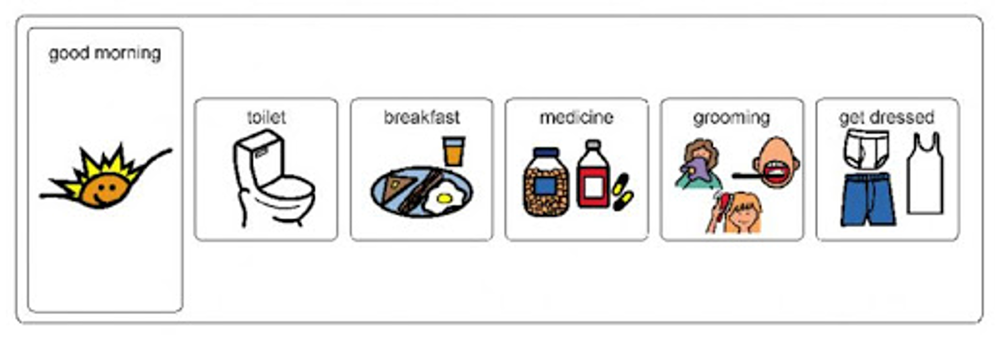
In addition, a NOW and NEXT board is useful for children who may find a visual timetable too difficult or complicated to understand.
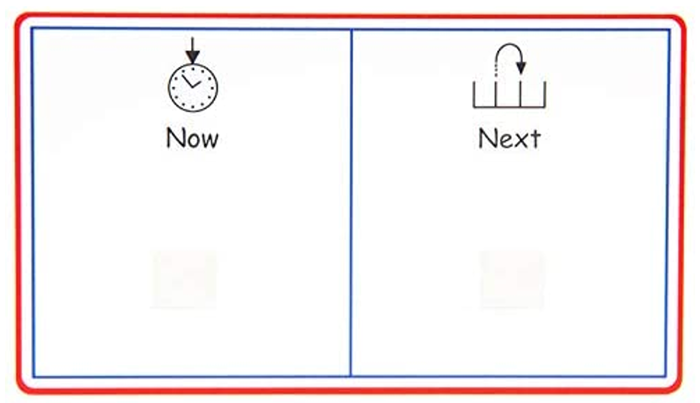
An important behavioural strategy to increase motivation is to schedule activities with first a non-preferred activity followed a highly preferred activity. For example, if your child dislikes brushing teeth, make sure to schedule brushing teeth before play time. You can do this by using the visuals above in addition to the following language: “First brush teeth, then we play hide and seek!”
-
TIME
Be careful when scheduling an activity for your child. Firstly, you need to have time and not be in rush. This will create a calm and relaxed environment for you and your child. Avoid rushing your child throughout activities and make sure he has plenty of time to complete what he is requested to do.
Do not expect your child to stay on a task for a long time. Instead prepare short activities and use movement breaks to support re-focusing (see point 6 below). For activities that require lots of effort for your child, such as homework, make sure your child is in the right mood. For example, ensure that your child is not hungry, or not tired after a very long day.
For some children it is hard to understand the concept of time and duration. In this case, using a visual timer will help to understand how long is left to complete the activity.

As for some children is difficult to understand when an activity ends, for other children it may be tricky understand when an activity begins. In this case, it can be useful to give them a “warning” before the activity starts. For example, before completing teeth brushing which they dislike, you tell them “in 5 minutes we are going to brush your teeth”. This allows the child to prepare for the upcoming task.
-
ENVIRONMENT
Setting up the environment will support engagement and attention. A good idea is to use different settings with consistency: for example, use the kitchen table for mealtime, the play area for play time, the table and chair for tabletop activities etc… This will help your child to understand what he is expected to do in that environment.
When preparing the environment for a tabletop task (e.g. complete a puzzle, drawing and colouring) consider the following tips:
- Ensure that your child has all the necessary materials to complete the requested task.
- Ensure that the workspaces are free from unnecessary clutter.
- Keep the environment calm with low amount of stimulation.
- Switch off TV, I-pad and electronic devices. Make sure there are no distractive noises.
- Minimise interruptions.
- Provide child with appropriately sized chair and table. Making sure their feet are flat on the floor will help your child feel grounded and ready to learn.
-
INSTRUCTIONS AND EXPECTATIONS
Your child needs to understand what he is requested to do. It is fundamental to use the best communicative tool appropriate for your child to help him/her understand what he/she is meant to do.
Before giving instructions, ensure your child is listening by saying their name, tapping on his/her arm and checking he/she is ready to listen (e.g. giving you eye contact, stopping what the child was already doing).
When using verbal language, make sure to use simple and short instructions. When giving instruction on a long task, it is a good idea to break the task down into small steps and describe one step at the time.
Modelling is a great technique to support understanding of the instructions of a task. By showing your child each step of the task, he/she will be able to better comprehend what you are requesting.
In addition, for new or more difficult tasks, it may be useful to use a visual schedule with the representation of each step of the task.

When you want to request your child to complete multiple tasks, offering choices between 2 tasks is a great strategy to help your child to feel more in control and have a sense of responsibility towards the task. For example, you may say “Do we want to do cutting or colouring first?”
-
REWARDS AND PRAISE
When your child completes a requested activity, he needs to be praised and rewarded. Praise and rewards are fundamental to reinforce a behaviour. By receiving something your child likes or special attention from mum, your child will be likely to continue to display the desired behaviour. In addition, ensure to use positive phrasing and praise your child for complying with your request “I really liked the way you cut out that circle. Nice work! You can now enjoy 10 minutes of I-pad time”.
Important factors to consider when delivering reinforcement:
- Agree what the reward will be with your childbefore the start of the activity.
- The reward can be a particular toy, access to I-pad, an activity. It is fundamental that the reward is chosen by the child and it something that your child really likes. This will ensure that the reward will have an impact in increasing the desired behaviour.
- The reward needs to be something that is not usually available to your child in other contexts outside the reward time.
- The reward needs to be provided immediately after the child shows the desired behaviour (e.g. complete an activity requested).
- Use verbal praising alongside delivering the reward “Good focusing, Mark!”
For older children you can use a reward chart. A reward chart consists of “earning points” towards a bigger reward. For example, “for every time you brush your teeth will get a sticker on the chart. If you get 5 stickers, then we will go to the cinema!”
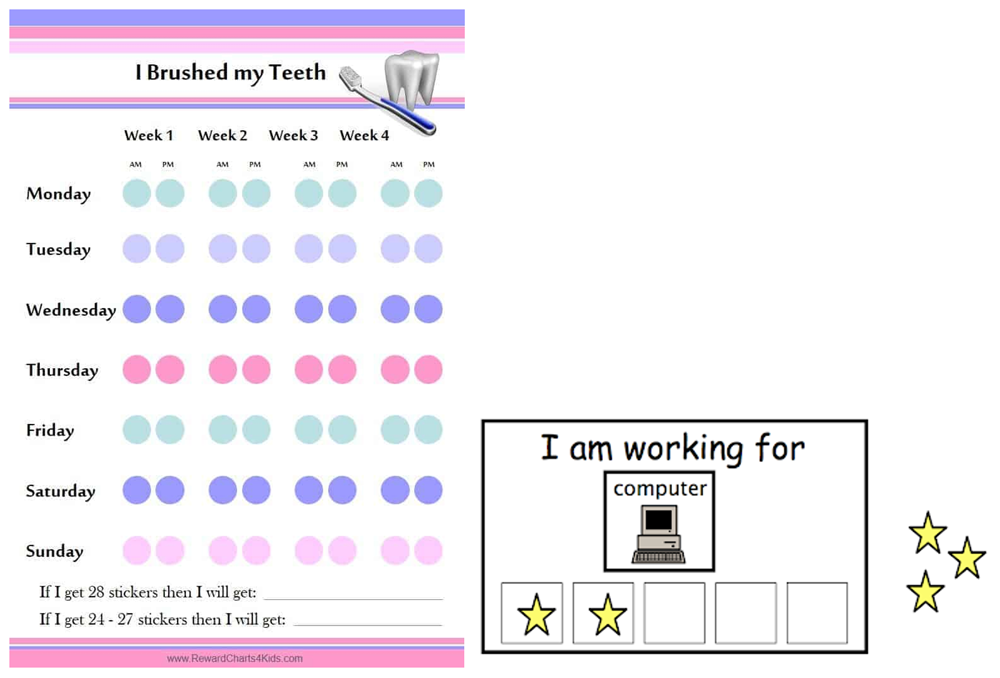
-
BREAKS AND SENSORY STRATEGIES
Before starting an activity session (especially tabletop activities such as cutting or drawing), it is a good idea to encourage your child to participate in a short sensory/movement activity. This will help your child to get ready to learn for the session.
Examples of sensory movement activities are:

Short movement breaks are also very helpful to help your child to re-focus during an activity. If you notice your child losing interest or motivation during a task, offer a movement break. Ensure that the movement break is short and timed (max 3 minutes) and then encourage transition back to work.
Some children may benefit from using a fidget toy to support their attention and focus. Make sure this is available to your child when presenting an activity to complete.
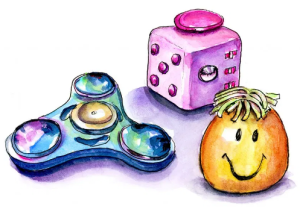
Before thinking “my child cannot do it” or “my child is not motivated” or “my child is lazy” please consider all the factors impacting motivation and engagement in activities. Children have busy lives, and it is hard for them to keep up with all the requests they get. Instead, carefully plan their days, balancing learning, fun and down time.
For children with special needs with a busy therapy and school schedule, it is fundamental to use behavioural strategies to increase compliance in learning and intervention in order to achieve their goals.
For more support in using behavioural strategies and encourage engagement of your child, please speak with one of our Occupational Therapists. We would be very happy to help!
Sources:
- Cooper, J.O., Heron, T.E., Howard, W.L. (2007, 2nd Ed.) Applied Behaviour Analysis. Upper Saddle River, NJ: Pearson/Merril-Prentice Hall.
- Almqvist, L., Uys, CJE & Sandberg, A 2007, ‘The concepts of participation, engagement and flow: a matter of creating optimal play experiences’, South African Journal of Occupational Therapy, vol. 37, no. 3, pp. 8-13.
- Laverdure, P., Beisbier, S. Occupation- and Activity-Based Interventions to Improve Performance of Activities of Daily Living, Play, and Leisure for Children and Youth Ages 5 to 21: A Systematic Review. American Journal of Occupational Therapy, December 2020, Vol. 75.
- Hanbury, M. Positive Behaviour Strategies to Support Children and Young People with Autism. SAGE Publications Ltd, 2007.





